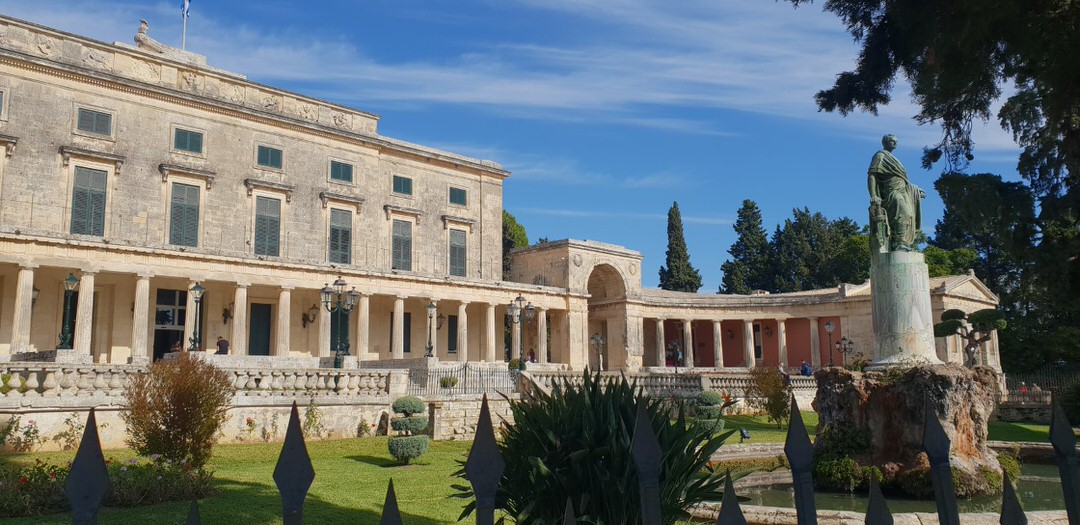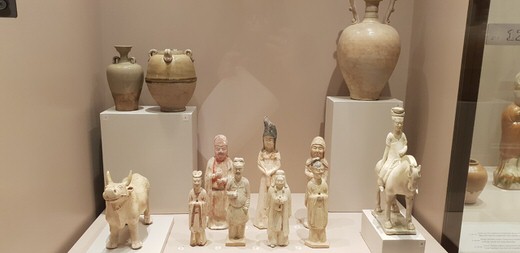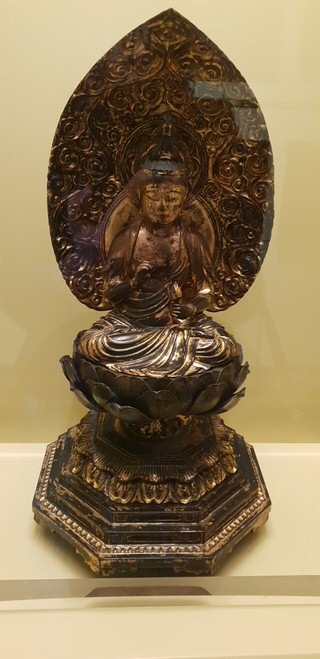For an island as gorgeous and large as Corfu, with so many attractions and places of interest, natural beauties and rich cultural legacy, it’s often difficult to choose how to share your holiday time in order to make the most of your visit and see as many sights as possible. Summer visitors can’t get enough of the amazing beaches and find themselves laying in the sun all day long, while those who prefer to travel to Corfu during the less touristic period, benefit of a less crowded aspect of the island and are able to enjoy the old town in a more peaceful atmosphere.
Whichever season you happen to visit Corfu, you will be spoiled with choice when it comes to its artistic heritage and the various museums you can visit. Most of them are located in the old town of Corfu, within a short distance from one to the other, giving you the chance to visit more than one in a day. Among them, the one that stands out, not only for the splendid, historic building where its housed but mainly because of its unique collections, is the Museum of Asian Art. A visit to this one-of-a-kind in Greece museum, will take you on a journey to the Far East, through exhibits that showcase the rich culture and heritage of Asian civilisations, from Chinese to Indian with many other interesting stops in-between.
The museum owes its existence to the initiative, dream and generosity of Grigoris Manos – Greek Ambassador in Austria – who was a passionate art collector of Chinese, Japanese and Korean art. He spent all of his fortune in acquiring nearly 9.500 art objects in auctions in Vienna and Paris – where he lived after his retirement – and in 1919 he donated his collection to the Greek state with the term to form the core of a museum that would be housed in the Palace of St Michael and St George in Corfu. The historic palace is one of the most elegant, grand scale buildings in the old town of Corfu, that used to be the seat of both the British Order of St Michael and St George and the Ionian Senate. Since the museum’s official opening in 1927, to which Grigoris Manos was appointed life time manager, it has been the permanent space where the Asian collections are displayed. Over the years, many more items were acquired and enriched the collection, originating in more generous donations, with most important those of N. Hatzivasileiou in 1974 and H. Chiotakis in 1983. Today, the museum can boast that it’s the only one in Greece solely dedicated to the art of so many important Eastern cultures, such as Chinese, Japanese, Thai, Korean, Pakistani and Indian.
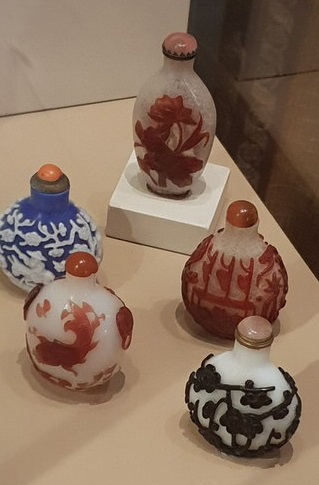
Although extended, the collection of the museum is not tiring at all, on the contrary as exhibits succeed one another, the visitor becomes more interested in the different cultures presented and the bonds between them. Starting from the palace’s first floor, the east wing is dedicated to the Chinese Collection of Grigoris Manos. There, a panorama of Chinese art covering a time period of 30 centuries, is unfolded before your eyes. Following a chronological order, you will be able to admire ceramics, fine porcelain, stone, bronze, enamel and jade carvings and small scale sculptures, as well as objects of lacquer, ivory and semi-precious materials, all showing the unique and advanced special skills of Chinese craftsmen. From prehistoric vessels of the Shang and Tang dynasties to colourful porcelain vases of the Ming and Qing dynasties, there are so many fine details on these impressive works of art to draw your attention. The collection is completed with rare Chinese coins – don’t miss the sword-shaped ones! – and the famous cylinders of paintings on thin paper and silk.

Leaving the east wing, another important civilisation, whose collection of more than 6.000 objects covers a timeline from the 14th to the 19th century, awaits you in the west wing of the palace. This time we visit Japan, through an extended exhibition and a big variety of everyday objects that help us understand the way of living, customs and mindset that shape the identity of Japanese culture.
Among porcelain, ceramics, paintings of famous Japanese artists, interior design decorative objects and music instruments, don’t miss the chance to admire original Samurai weaponry: armor, swords and an exquisite folding screen with riding Samurais in a golden background.
As the Japanese Collection moves on to the 17th century, we become more familiar with the flourishing Edo period, through an extended representation of various porcelain workshops, religious, wooden engravings, Geisha objects and kimonos and a beautiful collection of theatrical masks of the famous NO theatre. The 18th and 19th centuries are dedicated to the “Floating World – Ukiyo-e”, an artistic movement that influenced greatly the 19th century western art. A series of important xylographies, a popular art made by and for the newly rising urban class, represents the everyday habits and entertainment of common people. Finally, the Japanese Collection includes two more rooms: The first one revives the atmosphere of a Japanese Tea Room, decorated with original furniture by Isao Kumakura, a Japanese professor specialising in the study of tea ritual. The second, presents six wonderful painted folding screens of great artistic value, all belonging to the Hatzivasileiou collection to whom the entire west wing is named after.
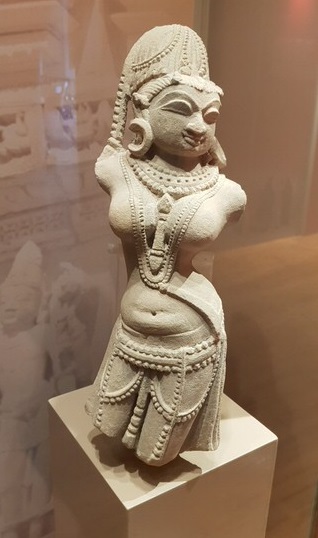
There are 3 more rooms in the west wing of the museum, that cover the fascinating cultures of other countries like India, ancient Pakistan, Thailand, Cambodia, Tibet and Nepal. There’s a detailed information board about art in India, closely related to the three main religions of the country. Another fundamental concept of Indian culture, eroticism, is eloquently portrayed in erotic complexes and fretworks that adorn the interior or exterior of temples. Moving on to Gandara, the exhibition reminds us of the influence of Alexander the Great in the 4th century B.C. We also see reliefs with themes deriving from Buddhist iconography and scenes that used to decorate burial monuments of Buddhism. Representing Siam (Thailand), the most significant centre of Buddhism, we see sculptures that differentiate according to the cultural centres of each period. Particularly elegant are the heads of Buddha, with the tall, flame-shaped symbol of wisdom on his head. More Buddha heads, this time encarved on stone, are on display from Cambodia, the most important cultural centre in Northeastern Asia from 9th to 13th century.
Last but not least, we trace the origins of Turkmen in the steppes of East Asia and witness the austere beauty of their weaving art, that has its routes in their nomadic past. Colourful textiles, embroideries, jewelry and especially tribal rugs, capture the eye with their bright colours of recurring motifs and give us a glimpse of the life of nomads in Central Asia.
Coming to the end of the collection, if there’s one thing we can reflect on that is the relationship between cultures, the domination and assimilation of artistic movements and the accumulation of traditions and styles in the Far East.
Before leaving the elegant palace, do take a look at the three official halls that intervene between the museum’s rooms and are preserved in their original state. Although not related to the museum’s collections, they are certainly worth a visit in order to get a better understanding of the palace’s glorious past. And of course, the sine qua non of any visit to the Museum of Asian Art is a stroll around its marvelous garden, a public park called The People’s Garden. The breathtaking view towards the Venetian fortress and the endless blue of the Ionian sea, together with the tranquility of this place make it a favourite relaxing area for both locals and visitors.

